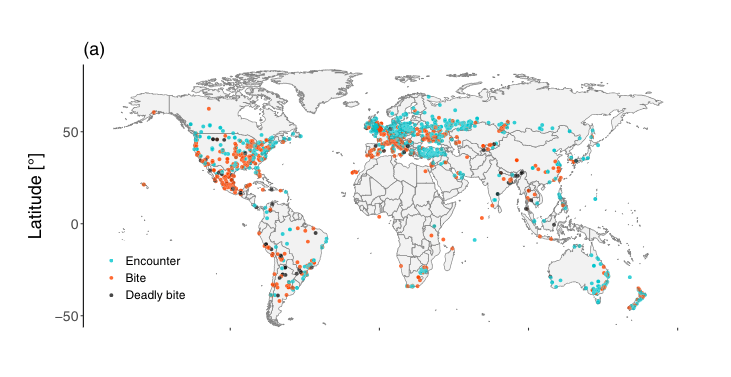This story originally appeared in WIRED in Spanish and has been translated from Spanish.
Summer is coming and with it an arachnophobic craze: frantic reports about the intrusion of recluse spiders into our homes. Also known as violin spiders or violin spiders, they are arachnids of the genus Loxosceles. They are found in warm areas around the world, including many parts of the US, and particularly in Mexico, which has the highest diversity of recluse spiders in the world, with 40 different species.
Headlines declare that the beginning of May is “recluse spider season” and that people should be careful. It is true that these spiders carry a powerful poison in their fangs, which in certain circumstances can be lethal, but in reality they are elusive creatures that almost always seek to go unnoticed. We should not get carried away by the anti-fiddleback hysteria, much less replicate it. Such anxiety is not scientific, says Diego Barrales Alcalá, creator of the arachnid identification platform @Arachno_Cosas. The idea of a supposed recluse spider season, spread by the media, lacks evidence.
“Violinists have become the favorite villain and, unfortunately, as I have seen, the problem is cyclical. Every once in a while the ‘season’ arrives. But not from violinists, but from fake news,” says Barrales Alcalá. The activity of these arachnids does not vary depending on the time of year, he says. And in his native Mexico, the limited statistics that exist on bites certainly don’t equal the concern seen in the media.
Geographic coverage of human-spider encounters, 2010 and 2020, based on more than 5,000 news articles from 81 countries, published in Nature. In blue, encounters with fiddler spiders; in orange, it stings; in red, fatal bites.Illustration: Nature
While recluse spiders choose to inhabit our homes, they are not aggressive. They usually live away from people, in basements and uncrowded areas of the house. Bites, when they occur, usually occur when there is involuntary contact between humans and spiders or because people deliberately try to manipulate them.

